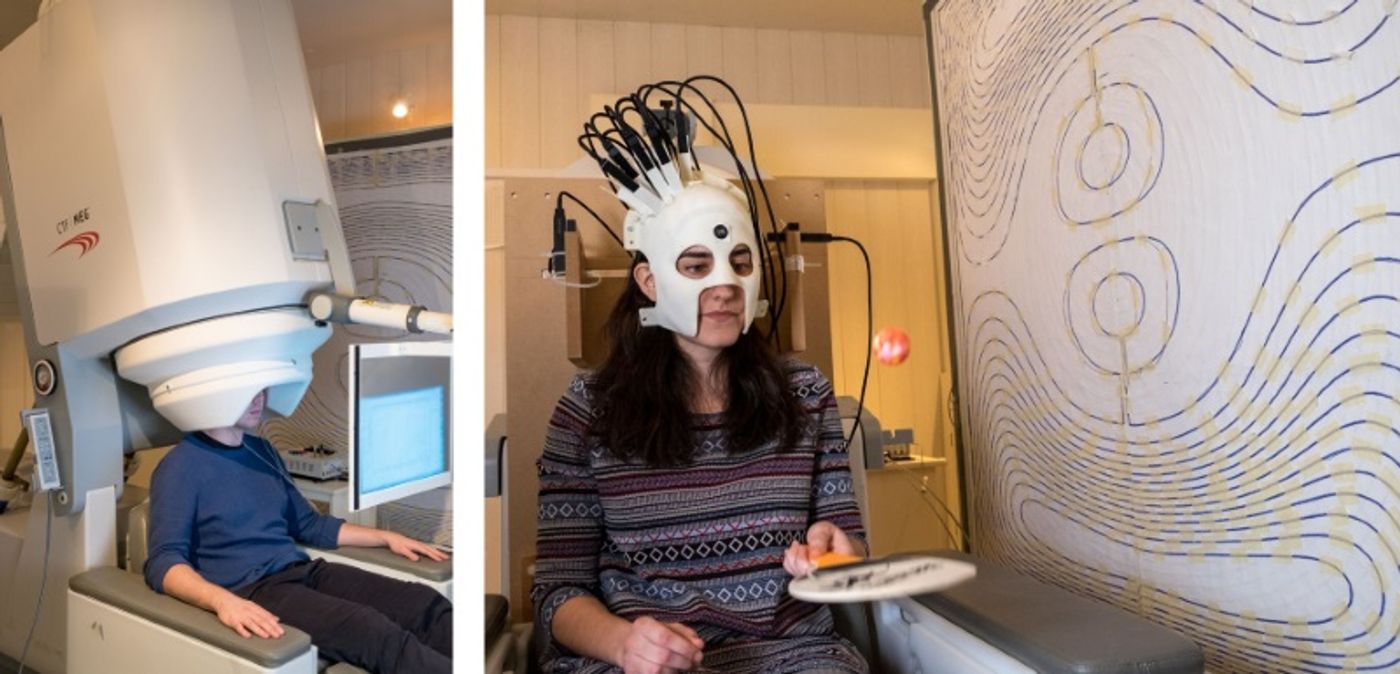Examining the Squirrelly Ones: Wearable MEG Scanner that Suits Pediatric Patients
In a recent study, a joint research team at the University of Nottingham, University of Oxford, and University College London successfully tested a new type of magnetoencephalography (MEG) system.
Unlike the conventional MEG scanner, this one is constructed on a 3D-printed helmet and capable of tolerating natural head movements — a feature neurologists have been seeking for their young patients.
MEG is a neural imaging technique that maps brain activity by recording magnetic fields produced by electrical currents within brain tissues. It uses supersensitive sensors called magnetometers.
MEG complements other brain imaging modalities such as electroencephalography (EEG), positron emission tomography (PET), and functional magnetic resonance imaging (fMRI), and yet has its advantage. It doesn't get affected by head geometry (unlike EEG), doesn't involve ionizing radiation (unlike PET), and provides a higher temporal resolution as compared to fMRI.
The British team wanted to solve a problem posed by the current MEG systems. The superconducting sensors used in these machines require constant cooling from a cryogenic dewar. The tank-like component sits directly over the test subject's head, restricting the movement of the patient.
Designing a new brain scanner (Wellcome Trust)
The researchers used a new sensor known as the optically pumped magnetometer (OPM) in their wearable MEG system. The OPMs do not need to be cooled during their operation because they measure magnetic fields using infrared lasers. Small and lightweight, these sensors are easy to be mounted on helmets.
They demonstrated in clinical trials that their wearable MEG system performed highly accurate measurements of brain activities in toddlers, young children, teenagers, as well as adults.
Their findings brought a successful conclusion to the collaborative project funded by Wellcome Trust, and also provided a validation for their "lifespan compliant" brain imaging tool.
This study is reported in the journal Nature Communications.
Source: Physics World









